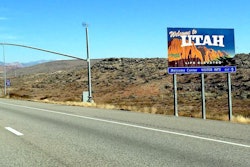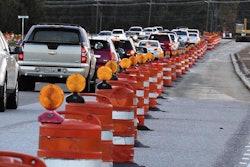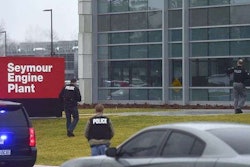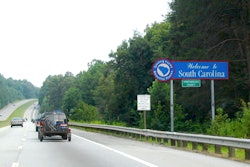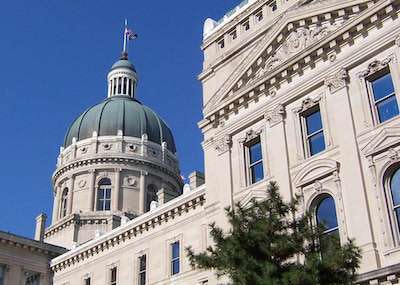
Gov. Mike Pence, who plans to sign the bill as soon as he receives it, said he was happy with the resolution to fund infrastructure in the state that did not raise taxes.
“On this project there were hours and hours of figuring out common ground,” Pence said in a press conference on March 11. “At the end of the day the people of Indiana won. This is a very balanced plan that equally invests in local and state infrastructure.”
Details of House Enrolled Act. No. 1001 are available here. The funding will be made available through a combination of general fund transfers (state reserve), transfers from the Major Moves 2020 Trust Fund and Next Generation Trust Fund, fees on electric and hybrid vehicles and the dedication of an existing 1.5 cents per gallon gas tax. Part of the total funding will also come from federal sources.
For fiscal year 2017, the state reserve transfer will total $490.1 million and the Major Moves 2020 transfer will be $100 million. For the same time frame, the electric vehicle fee revenue is expected to reach $150,000 and the hybrid vehicle fee revenue is estimated at $3.1 million.
One key benefit to local communities is the requirement that at least half of the $100 million transfer go to counties with populations less than 50,000. All of the money from that transfer is also mandated to be used for preserving or reconstructing existing state highways and bridges.
The 1.5 cents per gallon gas tax allocation, Pence said, is expected to bring in $276 million dedicated to road funding over the next four years. “This is truly a long-term solution for infrastructure for our local communities,” he explained. “It could be described as historic investment for local roads and bridges.”
